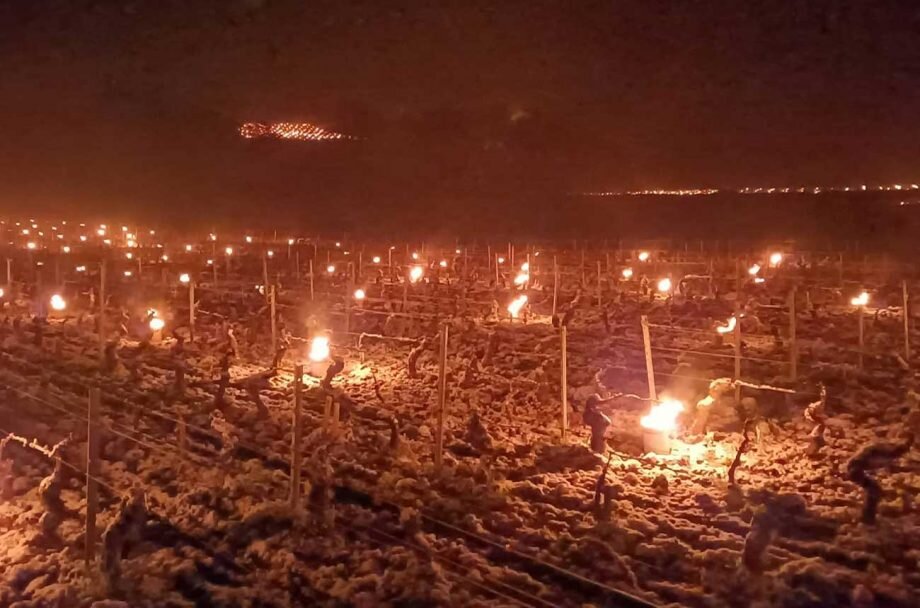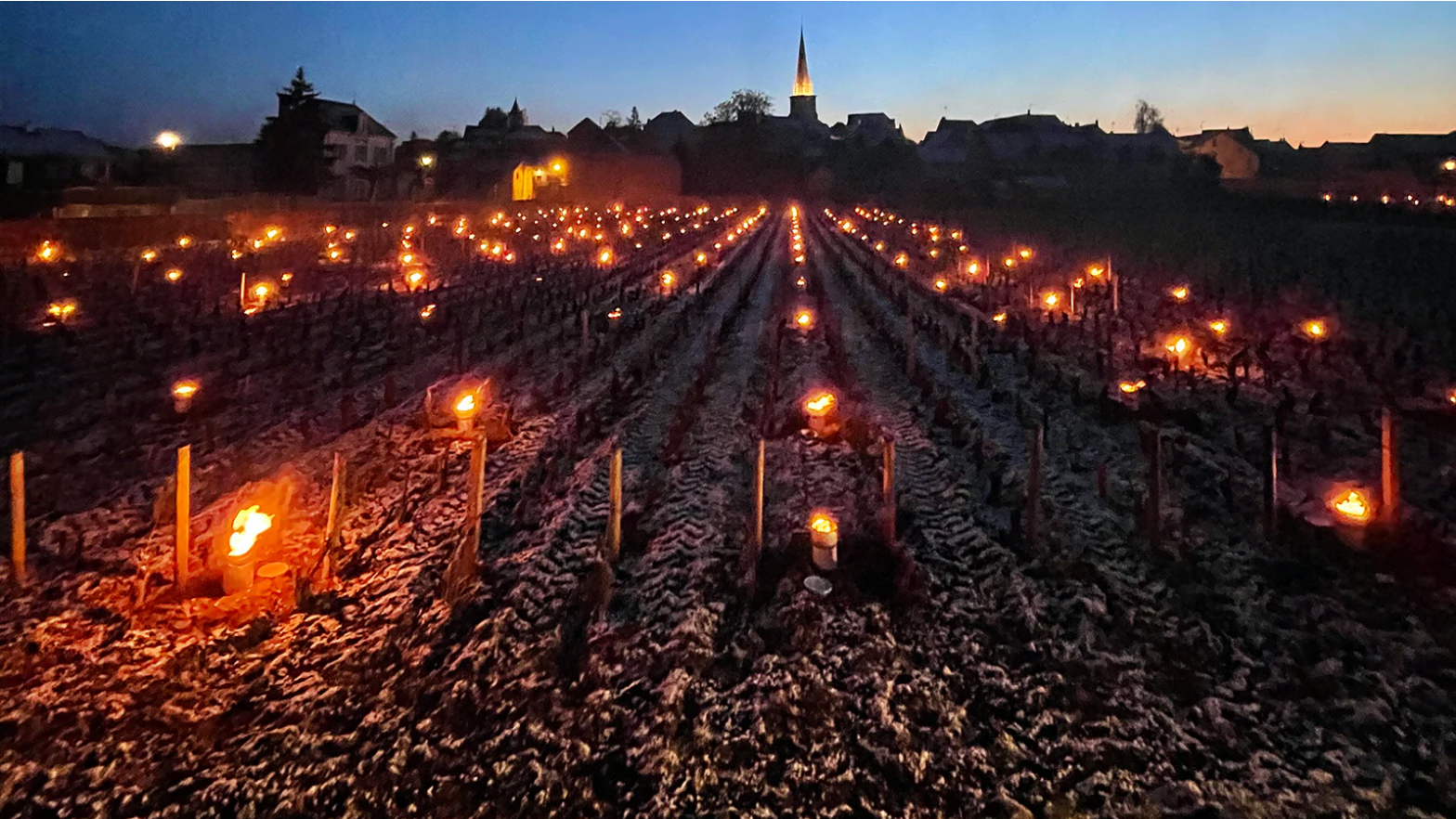
Many wine lovers have seen the recent pictures and footage of the aggressive April frosts in most French regions – from Burgundy to Bordeaux to Champagne to Rhône to Languedoc to Alsace to Provence.
For many producers, the worst spring frosts in decades led to nearly lost harvests and enormous losses. Some estimates say about a third of the potential 2021 crop may have been lost.
The situation has been so dramatic that agriculture minister Julien Denormandie called it “the greatest agricultural catastrophe of the beginning of the century”, while the French government pledged € 1 billion in aid to the frost-hit vignerons.
This scenario makes us wonder: is there any chance we’ll still see 2021 vintages and good yields coming ahead after the frosts? What’s ahead for producers, adding up to the pandemic and tariffs that producers already face?
Why frosts present such a threat to French winemakers
Spring frosts pose a threat to vineyards every year, most acutely in April. The situation gets scary if it happens after bud break (the vine’s first growth after winter dormancy). In such scenario, it can easily kill the plant.

Photo by Philippe Pascal
Lighting controlled fires across the vines to protect them from freezing and settling in the cold air is a known practice – but the massive scale we’ve seen is very rare.
This time, it was quite something to see the images of vintners and producers across the country scrambling to save as many vines as they could, lighting bougies (candle heaters, filled with wax) and whatever else was available to protect them from freezing, amid temperatures that would reach even below -5°C.
According to Jean-Marie Barillère, president of the CNIV wine union, the freezing temperatures of early April impacted vineyards in around 80% of the country’s wine regions, as damages were still being assessed throughout the month.
Some producers had already reported more than 80% of their expected harvests lost, Decanter and Wine Enthusiast reported.

Domaine Belleville, Burgundy
Measures to mitigate damage include regulating heat using fire (which has its own risks) or protecting the plant with methods such as aspersion (coating the buds in a thin layer of ice with water sprinklers). Others use wind machines to blow warmer air near the cool ground or use industrial-sized heaters to regulate temperatures close to the vines.
The big issue is: most of these methods are very expensive and labor-intensive, becoming unaffordable for many producers.
What can we expect for French wine 2021 vintages after the frosts?
One thing is increasingly obvious: very little of the 2021 French vintage will be made available in comparison to earlier crops, given that wine trade bodies in regions as Bordeaux, Burgundy and the Rhône already see a reasonable amount of harvests affected.
While Bordeaux’s wine council, the CIVB, claims the frosts “wiped out a significant part of the work of the winegrowers”, others say it will depend of the sate of the bud breaks, depending upon grape variety and vineyard site.
“We think that the Chardonnays, which are further ahead [in the growing cycle], will have been affected much more than the Pinot Noirs, which had not yet completed their bud break”, Thiébault Huber, president of the Winegrowers of Bourgogne union (CAVB), told Decanter.
The economic downfall seems to be worse for table wine producers, which rely on good yields to supply larger, most popular markets. More exclusive fine wine producers, instead, may still find comfort in watching steady demand with higher prices from lower yields.
What to do ahead?
Given that climate change is already among us and the unexpected never means impossible, the best that growers and producers can do is stay aware and be ready to do whatever is needed should any new unseasoned frosts come up on the next vintages.
“I think it’s good for people to understand that this is nature, climate change is real, and to be conscious of the effort that goes into making wine and the heartbreak that is the loss of a crop”, Jeremy Seysses of Domaine Dujac in Burgundy’s Côte de Nuits, told Wine Enthusiast. “This is a France- and even Europe-wide event, and after a year of tariffs on top of it, it’s a real thing.”

Photo by Thibaud Clerget
Jonathan Ducourt of Vignobles Ducourt, which occupies almost 500 hectares in Bordeaux, also told the magazine that winegrowers can adopt sustainable solutions like planting varieties that bud-break later. He suggested “pruning as late as possible, testing new working methods in winter, and maybe installing sprinklers like in other regions”.
***
As Jancis Robinson reminds us, “tradition has it that it is well into May before vine growers can sleep easy without worrying about the risk of further frost damage”.
Let’s hope it doesn’t come to that again.
* * * * *
In the meantime, let’s lend a hand to these brave producers and keep buying French. They surely deserve it.
Here at Alti Wine Exchange, with Bordeaux’s Château Coutet, Château Mouton Rothschild and Domaines Barons de Rothschild; the one-of-a-kind Boërl and Kroff champagne; and Rhône’s finest Syrah from M. Chapoutier.
Until next time!
